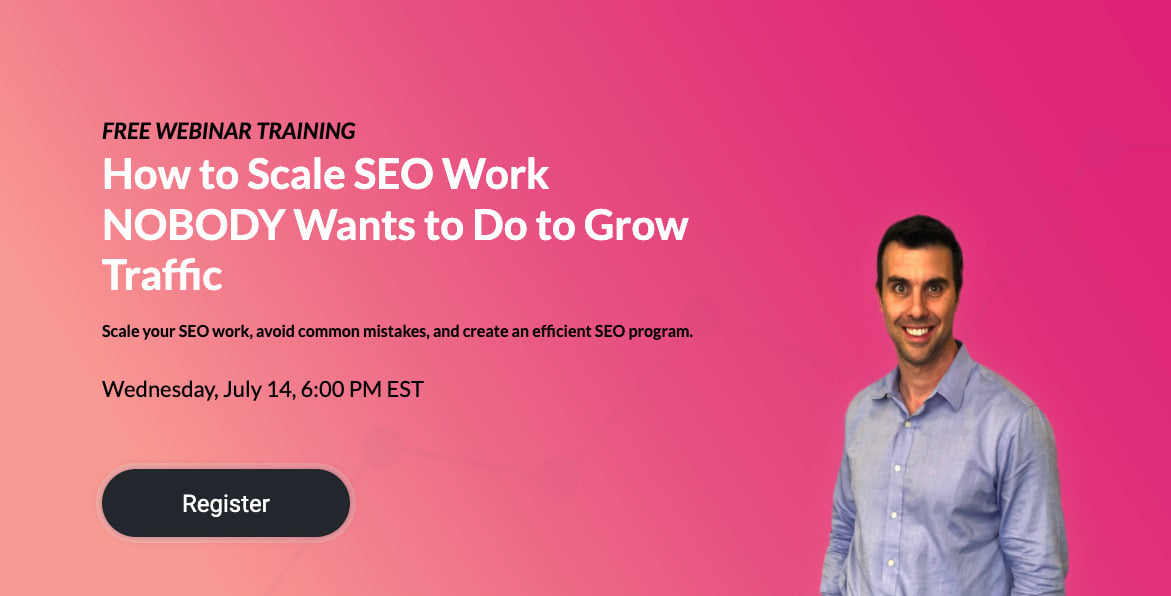Before Envelopes.com could roll out the newest feature on their website, they had to do a bit of research. A key player in the realm of online shipping and mailing products, the brand wanted to expand upon their services by allowing customers to design and create personalized stationery, including business cards, invitations and the envelopes themselves. They took a unique approach to their market research prior to its launch, targeting digital consumers with $15 keywords through paid advertising with Google.
$15 is a hefty price tag for a competitive keyword; yet the expense allowed Envelopes.com to analyze how visitors navigate through a page after entering the site from Google SERPs, using keywords searches like “wedding invitations”, “petal-fold invitations” and “pocket-fold invitations”. The increase in site traffic not only gave conversions a little lift, but it provided the data needed to better understand the behavior of their shoppers. In turn, this gave them the leverage to improve upon those pages, to discover and target more affordable keywords, and to build out their new made-to-order web feature knowledgeably.
In 2014, Envelopes.com spent 60% of their marketing budget on paid search, with 31% on traditional printed direct marketing, and nominal amounts on traditional SEO, email marketing and social media. If your digital marketing budget cannot accommodate for highly competitive keywords, here are two other methods you might utilize to better understand user behavior:
- Construct a formal user experience evaluation – Select a targeted sample of individuals to test your website and provide feedback on their experience. This can be done in person or online; with explicit directions or a more general objective while using your eCommerce website; and results can be audited by various means, from documenting eye and user tracking, monitoring the user’s physical and emotional reactions, to self-reporting through a survey or the expression of thoughts and emotions, etc.
- Keep a pulse on your competition – If you don’t have the budget for a complex campaign, perhaps your competitors do. Look to other relevant businesses and take note of how they organize and present their site navigation, products and information. What insights and benefits can you glean from other businesses’ practices that might have a positive impact on your bottom line?
- Ask for feedback – It’s one of the oldest tricks in the book, but if you want to know how your customer’s shopping experience was, just ask! Include an in-page pop up on your website or send an email out to your subscriber base. For a higher response rate, simply incentive users with discounts, promo codes, or an entry into a giveaway, and ask about their most recent session. Did they find what they were looking for? Did they notice a new section for made-to-order envelopes? Did they use the top or side navigation to browse?
While it can take a few days to build and execute a targeted paid search marketing campaign, if you have the means, it could provide invaluable data for your business. Envelopes.com’s highest priority last year was to draw traffic and generate sales from this new page, and it wound up generating over 40% of their total print revenue. Turns out, there is a method to the madness!




